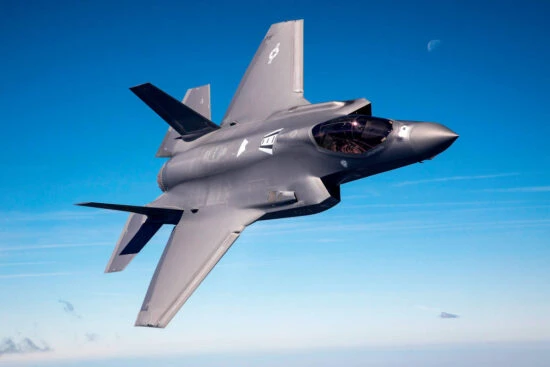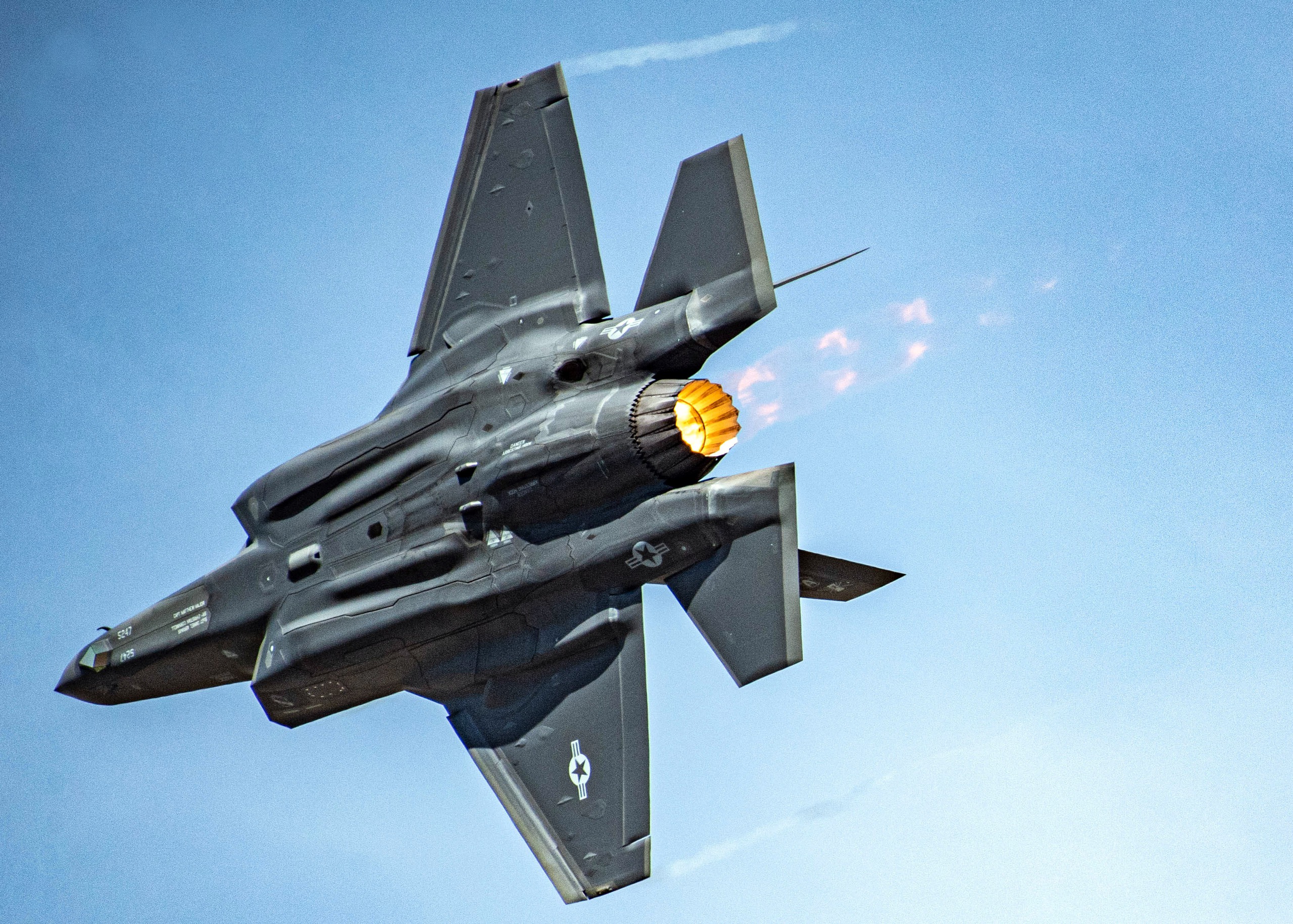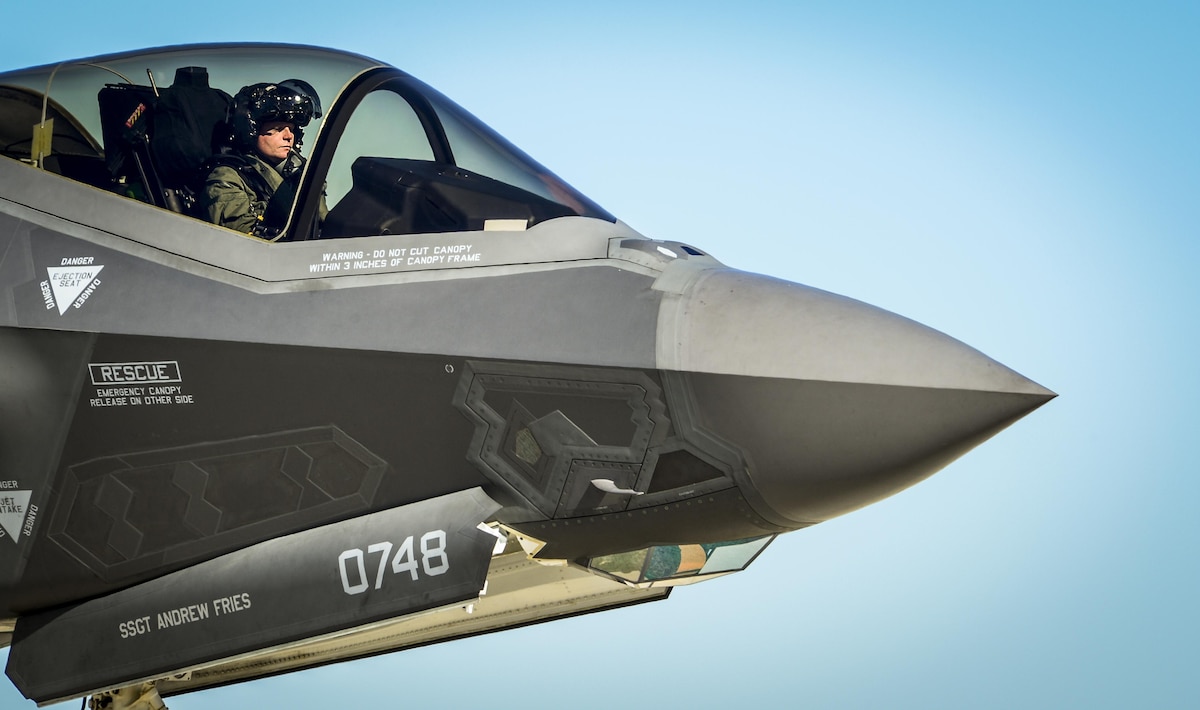The F-35 Lightning II, developed by Lockheed Martin, represents a significant leap forward in stealth technology and multirole fighter capabilities. Designed to achieve superior air dominance while evading detection, the F-35 is a marvel of modern engineering. However, one might wonder how such an advanced stealth aircraft can maintain its radar-evading capabilities when equipped with external weapons and fuel tanks. Here’s an exploration of how the F-35 achieves this delicate balance.

The Essence of Stealth Technology
Stealth technology, also known as low observable technology, is crucial for modern combat aircraft. It encompasses a range of design features and materials aimed at minimizing radar cross-section (RCS), infrared signature, and acoustic emissions. The F-35 is built with a combination of advanced materials and innovative design features to reduce its visibility to enemy radar. This includes its angular surfaces, which deflect radar waves, and its specialized coatings, which absorb radar energy.

Internal Weapons Bays: The Foundation of Stealth
One of the key features that contributes to the F-35’s stealth is its internal weapons bays. These compartments are designed to house the aircraft’s weapons and fuel, allowing it to carry a range of ordnance while maintaining a low radar profile. By storing weapons internally, the F-35 avoids the radar reflections caused by external pylons and stores, thereby preserving its stealth characteristics during operations. The internal bays are equipped to handle a variety of munitions, including air-to-air missiles, precision-guided bombs, and other payloads, ensuring versatility without compromising stealth.

The Challenge of External Stores
Despite the F-35’s advanced internal bays, operational requirements sometimes necessitate the use of external weapons and fuel tanks. External stores can significantly increase an aircraft’s radar cross-section, making it more detectable by enemy radar systems. To address this challenge, the F-35 is designed to integrate external stores in a way that minimizes their impact on stealth.
The aircraft employs a modular approach to external stores, which allows for the attachment of additional weapons and fuel tanks when required, while maintaining the stealth profile as much as possible. These external components are equipped with radar-absorbing coatings and are designed to be aerodynamically efficient, reducing their radar signature. Additionally, the F-35’s mission planning systems include algorithms that help manage the trade-offs between stealth and firepower, ensuring that the aircraft is optimized for specific mission profiles.

Operational Flexibility and Stealth Management
In practice, the F-35’s stealth capabilities are not solely dependent on the absence of external stores. The aircraft’s advanced sensors and electronic warfare systems play a crucial role in enhancing its survivability. The F-35 is equipped with state-of-the-art radar systems, infrared search and track (IRST) sensors, and electronic countermeasures that enable it to detect and engage threats while remaining difficult to detect itself.
The ability to manage and adapt stealth characteristics based on mission requirements is a key advantage of the F-35. For missions requiring higher stealth, the aircraft can operate with internal stores only, maintaining a low radar profile. For missions where additional firepower is needed, the F-35 can deploy external stores, balancing stealth with operational effectiveness. This flexibility allows the F-35 to perform a wide range of roles, from stealthy reconnaissance to heavy strike operations, without compromising its overall mission effectiveness.
Conclusion
The F-35 Lightning II represents a sophisticated balance between stealth and operational flexibility. Its design incorporates advanced stealth features and internal weapons bays to maintain a low radar profile, while its modular approach to external stores provides the adaptability needed for diverse mission requirements. By leveraging cutting-edge technology and strategic management of its stealth capabilities, the F-35 continues to stand at the forefront of modern air combat, demonstrating that even in the age of advanced external armament, stealth remains a cornerstone of air superiority.






